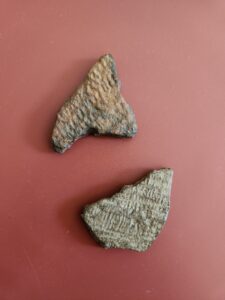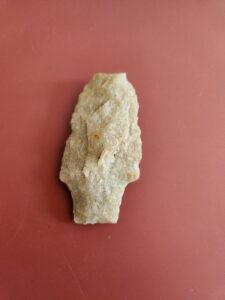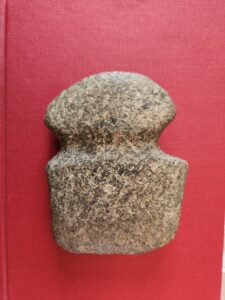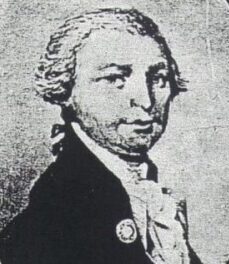Prehistoric Conjurer’s Neck
Conjurer’s Neck Archaeological District dates to the late Archaic Period (3000 B.C.-1000 B.C.). How do we know this? A number of archaeological tests and digs have been performed at Old Brick House since 1966. The first research performed at this site occurred in 1966 and 1967 by Leverette B. Gregory. Over the years, archaeology has turned up projectile points dating back to the late Archaic Period with most of the artifacts date to the mid to late Woodland period (500 B.C.- A.D. 1600). The artifacts include native ceramics, projectile points and other lithic material, fishhooks, faunal and human remains, bone and shell artifacts, and other types of cultural tools. All of this shows the site that Old Brick House is situated upon has been inhabited or in use for upwards of 5,000 years. All of these artifacts also indicate the location of a native village on this site.
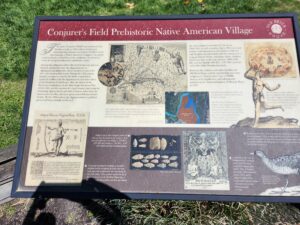
Before the emergence of a society of ranked chiefdoms, it is likely that there were some intercultural communications between native peoples of the Piedmont and Tidewater regions as the Conjurer’s Neck Archaeological District is in the fall line zone, an area separating these regions. As native societies over the millennia began to experience socio-cultural changes, they developed from egalitarian tribal societies into chiefdoms and from these chiefdoms were born the many different tribes that would eventually become part of the Powhatan chiefdom. By the time Englishmen arrived in Virginia in 1607, the land at Conjurer’s Neck was inhabited by the Appamattucks, hence the name Appomattox River.
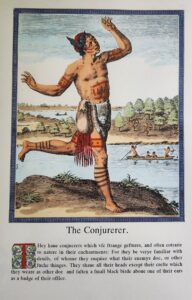
Conjurer’s Neck has also been known as Conjurer’s Field, a name that dates back to the 17th century. Where did Conjurer’s Neck get it’s name? A Native American priest or healer, what the English called a “conjurer”, was thought to have lived at Conjurer’s Neck at one time.
